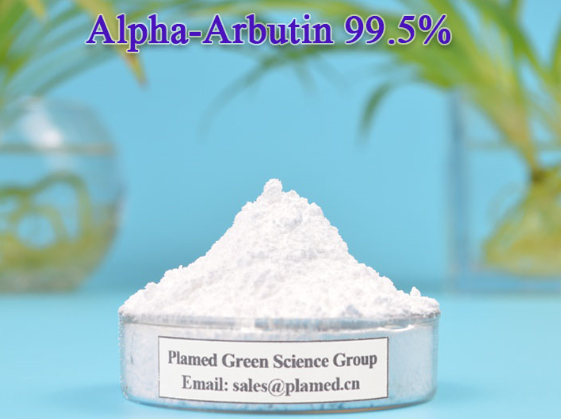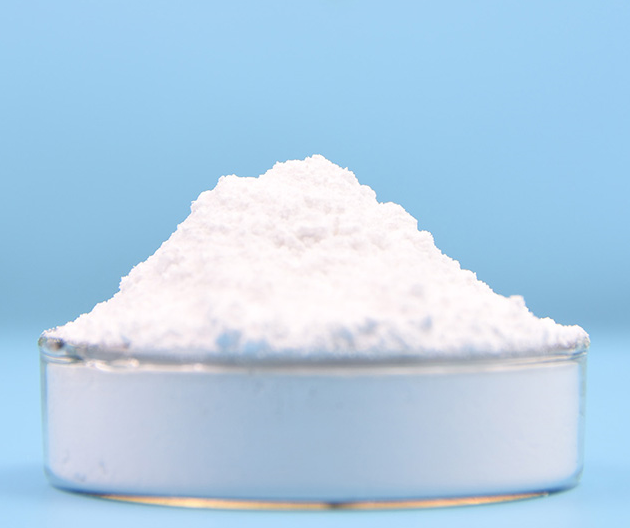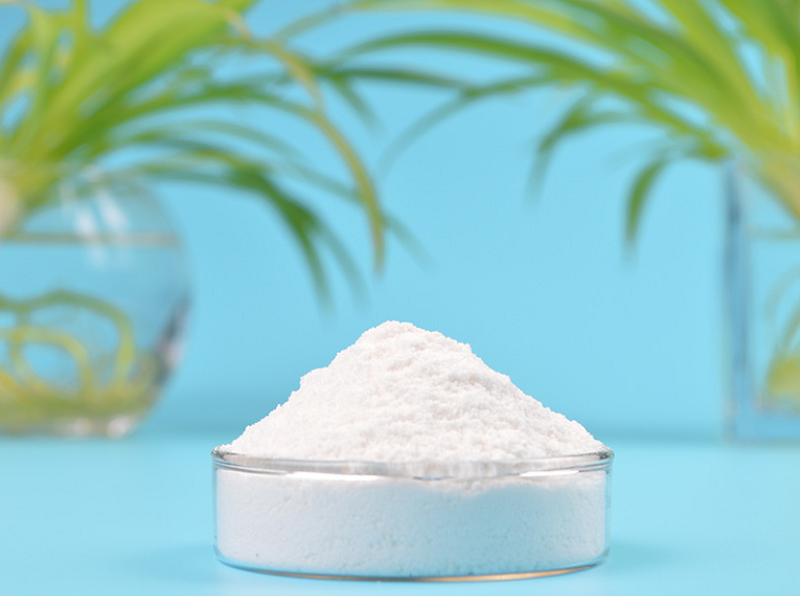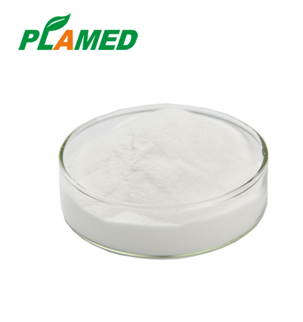Most people, except White people, want to whiten their skin. There is a saying in China “A white complexion is powerful enough to hide hundreds of faults”. Because of the great demand, there are different kinds of dazzling skin whitening products on the market. As consumer, we have to learn about the skin whitening ingredients in personal care products, so that we are able to choose the products really suitable for us.
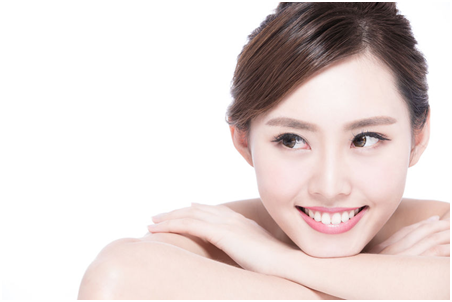
Firstly, we know the basic of skin pigmentation is melanin. How is melanin formed? Simply speaking, tyrosine is catalyzed by tyrosinase and undergoes a series of complex oxidation to form melanin.
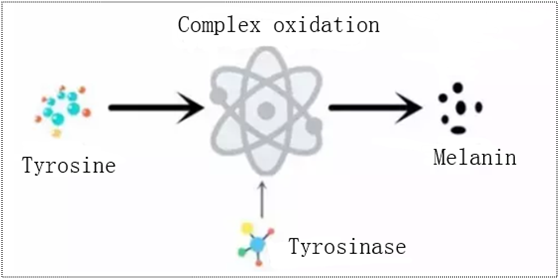
- UV: Why does the sun tan the skin instead of whitening it? Because ultraviolet light can activate tyrosinase, tyrosinase can promote the production of melanin. When tyrosinase activity increases, melanocytes produce more melanin. It causes skin to turn black, so sun protection is the most basic thing to whiten skin.
- Hormones (including androgen and estrogen): If these two hormones exceed a certain level, they can stimulate melanocytes to produce more melanin. For example, during menstruation, the pigmentation on the face will deepen, as rised androgen leads to increased melanin. Some people have chloasma when they are pregnant, because estrogen increases during pregnancy.
There are 3 ways to whiten skin according to the mechanism of skin pigmentaion.
1. Inhibit melanin formation
- Inhibit tyrosinase activity: Tyrosinase plays a key role in the formation of melanin. If tyrosinase activity is inhibited, melanin formation can be slowed down or even blocked. Arbutin, Glabridin, Kojic Acid Dipalmitate, Tetrahydrocurcumin are great tyrosinase inhibitors.
- Antioxidation: The formation of melanin is an oxidation process, so antioxidant can inhibit melanin production. Resveratrol, Ferulic Acid, Glutathione are good antioxidants.
2. Prevent melanin transfer
After melanin is formed, it will transfer to keratinocytes, and then move following the keratinocytes to stratum corneum. If you stop the transfer of melanin, it can't affect the skin tone.
3. Dilute formed melanin
AA2G can effectively dilute formed melanin to whiten skin.
Skin whitening ingredients
Both Hydroquinone and Arbutin are tyrosinase inhibitor.
Hydroquinone has a strong whitening ability, but it is a pity that it is toxic and has cancer risk, so it’s banned for cosmetics in most countries.
|
Product Name
|
Hydroquinone
|
Alpha Arbutin
|
Beta Arbutin
|
|
Molecular
|
 |
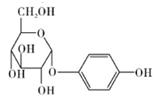
|
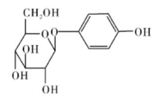
|
Luckily, Hydroquinone is transformed into a mild chemical—Arbutin.
Arbutin (4-hydroxyphenyl-β-D-glucopyranoside) is a derivative of hydroquinone. It has no toxicity of hydroquinone, but has its great skin whitening effect. There are two epimers of Arbutin: Alpha Arbutin and Beta Arbutin. Both of them are widely used as skin whitening agent.
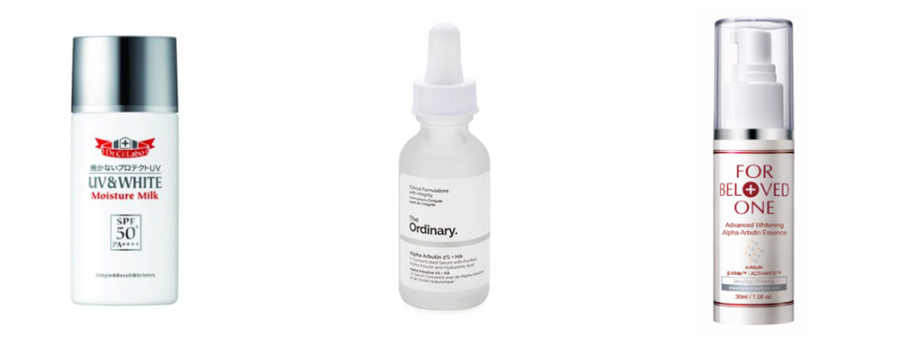
Kojic acid is mainly found in some ferment products, such as wine, soy sauce, etc. This ingredient is a tyrosinase inhibitor, so it’s widely used as skin whitening agent. In 1988, Japan became the first country in the world to approve the addition of kojic acid to cosmetics. Kojic Acid Dipalmitate is a derivative of kojic acid, which has become the new favorite of the whitening market because of its good stability, good whitening effect and no irritation to the skin. However, kojic acid gradually fades out of the market because it is difficult to compound with its poor stability.

Nicotinamide, also known as vitamin b3, can accelerate metabolism, promote the exfoliation of melanin keratinocytes, reduce the formed melanocyte transfer, and prevent pigmentation.
Nicotinamide has been a very popular whitening ingredient in recent years, and it’s applied in many big-name skin care products. Niacinamide is an all-purpose whitening ingredient.
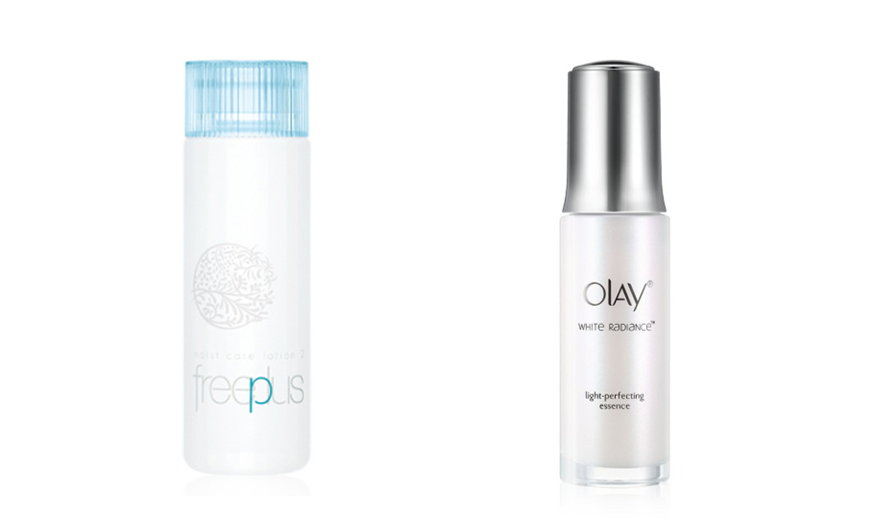
Vitamin C has both anti-oxidation and skin whitening effect, but the concentration of the VC is required at least 5%, and the amount of use needs to be sufficient to exert a good effect. The aqueous solution of VC is very unstable, easy to oxidize. The water-soluble derivative of VC, AA2G (Ascorbic Acid 2-Glucoside), is more widely used.
VC is able to reverse the generated melanin into a non-pigmented state. In addition, VC not only has a whitening effect, but also repairs light damage, promotes collagen synthesis, and has both whitening and anti-aging effects.










